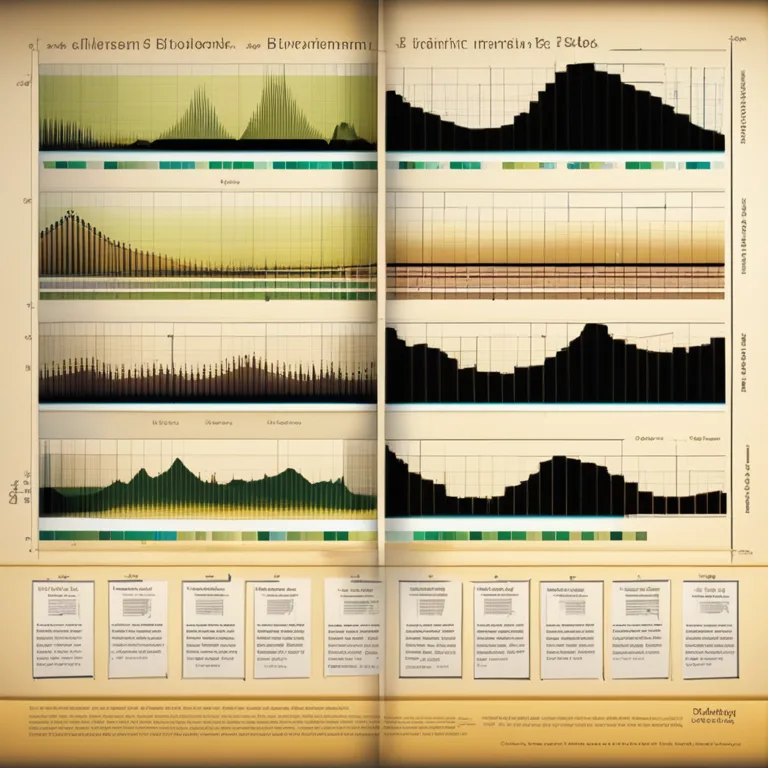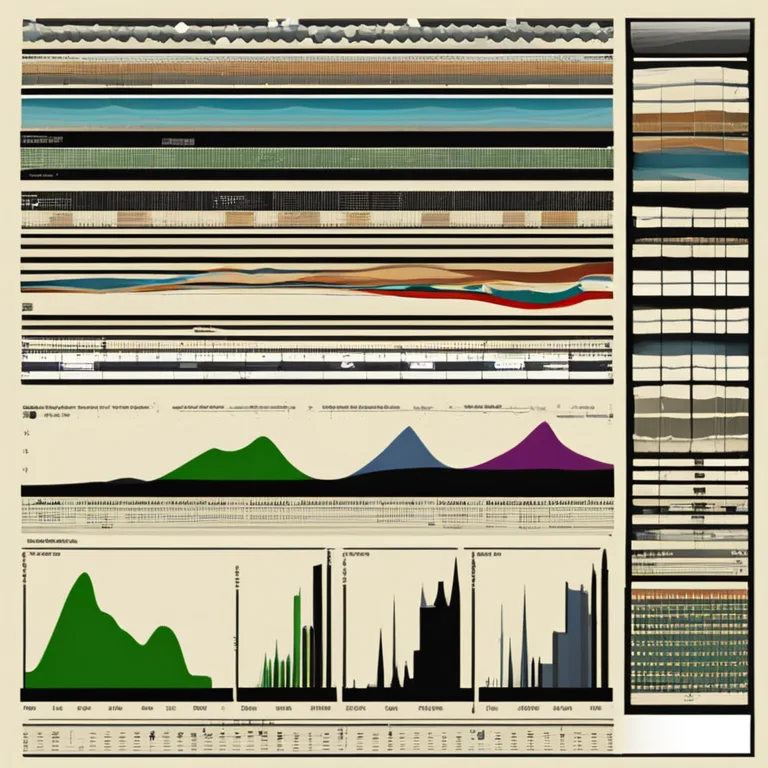
The Foundations of Biorhythm Theory
Delve into the science and theory behind biorhythms to understand the rhythmic cycles influencing human life and behavior.
article by Adrian Wallace
A Brief History of Biorhythms
The concept of biorhythms can be traced back to the late 19th and early 20th centuries, with the pioneering work of Dr. Hermann Swoboda and Dr. Wilhelm Fliess. These researchers observed that humans seemed to experience regular cycles of physical, emotional, and intellectual activity. Over time, these observations have evolved into what we now refer to as biorhythms, a discipline investigating the rhythmic patterns in biological processes. As we move into an era where holistic wellness is gaining traction, the study of biorhythms continues to attract attention for its potential to enhance individual self-awareness and wellbeing.

The Three Primary Cycles
Central to biorhythm theory are three primary cycles: the physical, emotional, and intellectual cycles. Each cycle has a fixed duration: the physical cycle lasts 23 days, the emotional cycle 28 days, and the intellectual cycle 33 days. These cycles start at a person's birth and ebb and flow between positive and negative phases throughout their life. Advocates of biorhythm theory suggest that analyzing these cycles can provide insights into a person's optimal times for different activities, such as physical exercises, emotional challenges, or intellectual tasks.

Scientific Underpinnings
Despite the enthusiastic community that follows biorhythm theory, it is important to note that substantial scientific skepticism remains. Critics argue that biorhythm predictions are not supported by empirical evidence and that the perceived effects might result from confirmation bias. However, proponents counter that by considering biorhythms, individuals may become more attuned to their bodies' natural inclinations and rhythms, thus potentially impacting decision-making and daily practices. It's clear that while biorhythm theory may not be a hard science, it still fosters a platform for self-reflection which some find valuable.

Biorhythms and Technology
As we continue into the digital age, technology plays an increasingly prominent role in biorhythms. With the advent of wearables and health-tracking apps, users can more easily chart and analyze their biorhythmic data. These tools leverage algorithms to predict one’s cycles, aiming to provide personalized guidance for navigating everyday life. Such advancements open the door for a more data-driven approach to biorhythm theory, potentially creating a bridge between skeptics and enthusiasts by providing tangible analytics.

Integrating Biorhythms into Daily Life
For those interested in integrating biorhythms into their daily routine, it typically involves monitoring the intersection of their physical, emotional, and intellectual cycles. By being mindful of these intersecting points, individuals may attempt to schedule critical activities, like job interviews or competitions, when their biorhythms suggest they will be at peak performance. This personalized approach to scheduling and activity planning is one facet of the broader trend toward customized health and wellness strategies, highlighting the bespoke nature of modern self-care.
Biorhythms: The Road Ahead
Looking into the future, it's likely that the interest in biorhythms will continue to grow, particularly as personal wellness and self-optimization gain momentum. We might see a closer integration with biofeedback mechanisms and perhaps a deeper exploration into how biorhythms relate to other physiological markers. Despite the current lack of robust scientific validation, the field of biorhythm study is poised for potential breakthroughs that could change the way we understand our bodies and our daily experiences.
Published: 12/28/2023
Modified: 12/28/2023
More predictions
Come back here soon to learn more about yourself and your future


Biorhythm Insights: Patterns of Life's Peaks and Valleys
Discover the intriguing concept of biorhythms and see practical examples of how these physiological cycles might influence our daily lives.


The Intricacies of Biorhythms: A Detailed Guide
Delve into the mechanics of biorhythms and how they influence our daily lives, with insights into their practical applications and relevance.


Biorhythm Compatibility and Birth Dates: The Connection Revealed
Discover how biorhythm compatibility based on birth dates can influence personal connections and relationship dynamics.